Increasing Health Consciousness
The Pigeon Pea Market is experiencing a notable surge in demand due to the increasing health consciousness among consumers. As individuals become more aware of the nutritional benefits of plant-based diets, the appeal of pigeon peas, which are rich in protein, fiber, and essential vitamins, has grown. This trend is particularly evident in regions where dietary shifts towards healthier options are becoming mainstream. The market data indicates that the consumption of pigeon peas has risen by approximately 15% over the past year, reflecting a broader shift towards legumes as a staple in health-oriented diets. This growing awareness is likely to drive further innovation in product offerings within the Pigeon Pea Market, as manufacturers seek to cater to the evolving preferences of health-conscious consumers.
Rising Popularity of Ethnic Cuisines
The Pigeon Pea Market is benefiting from the rising popularity of ethnic cuisines, particularly those from regions where pigeon peas are a staple ingredient. Dishes such as dal and various curries have gained international recognition, leading to increased demand for pigeon peas in both domestic and international markets. This trend is supported by market data indicating a 10% growth in the import of pigeon peas in regions where these cuisines are becoming more mainstream. As culinary diversity continues to expand, the Pigeon Pea Market is likely to see further growth, with opportunities for product innovation and marketing strategies that highlight the versatility of pigeon peas in various culinary applications.
Technological Innovations in Farming
Technological innovations in farming practices are significantly influencing the Pigeon Pea Market. Advances in agricultural technology, such as precision farming and improved seed varieties, are enhancing the efficiency and yield of pigeon pea cultivation. These innovations are particularly relevant in regions where traditional farming methods have limited productivity. Market data indicates that the adoption of new technologies has led to a 30% increase in pigeon pea yields in certain areas, demonstrating the potential for growth within the industry. As farmers increasingly embrace these technologies, the Pigeon Pea Market is likely to experience enhanced supply capabilities, meeting the rising demand for this nutritious legume.
Sustainability and Environmental Concerns
Sustainability has emerged as a pivotal driver in the Pigeon Pea Market, as consumers increasingly prioritize environmentally friendly food sources. Pigeon peas are known for their low environmental impact, requiring less water and fertilizer compared to traditional crops. This characteristic aligns with the global movement towards sustainable agriculture, which is gaining traction among both consumers and producers. Market data suggests that the demand for sustainably sourced pigeon peas has increased by 20% in recent years, as consumers seek to reduce their carbon footprint. This trend is likely to encourage more farmers to adopt pigeon pea cultivation, thereby expanding the market and promoting sustainable practices within the Pigeon Pea Market.
Government Support and Agricultural Policies
Government support and favorable agricultural policies are playing a crucial role in shaping the Pigeon Pea Market. Many governments are recognizing the importance of legumes in enhancing food security and promoting sustainable agriculture. Initiatives such as subsidies for pigeon pea cultivation and research funding for improved farming techniques are becoming more common. Market data shows that regions with strong government backing for legume production have seen a 25% increase in pigeon pea yields over the past five years. This support not only boosts production but also encourages farmers to invest in pigeon pea cultivation, thereby strengthening the overall market dynamics within the Pigeon Pea Market.


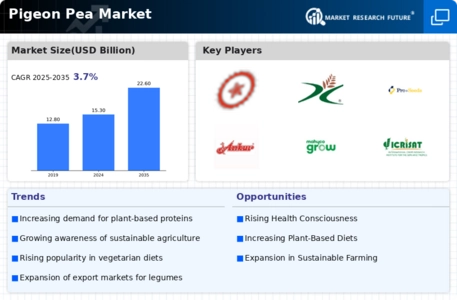
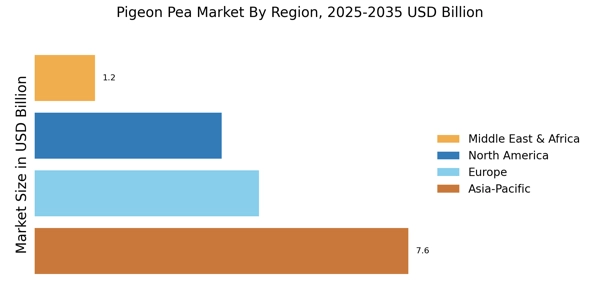
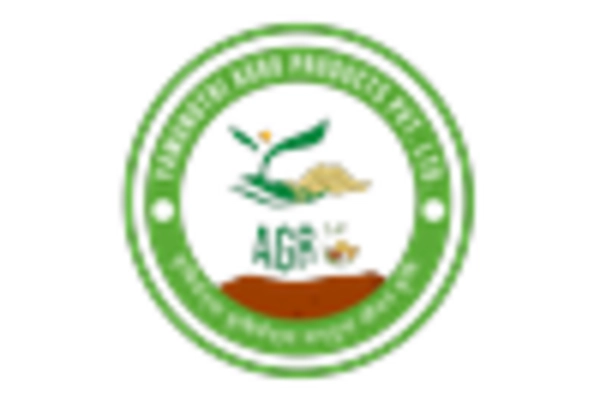
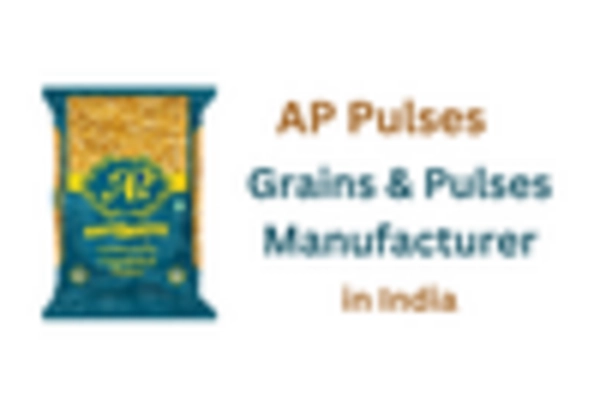
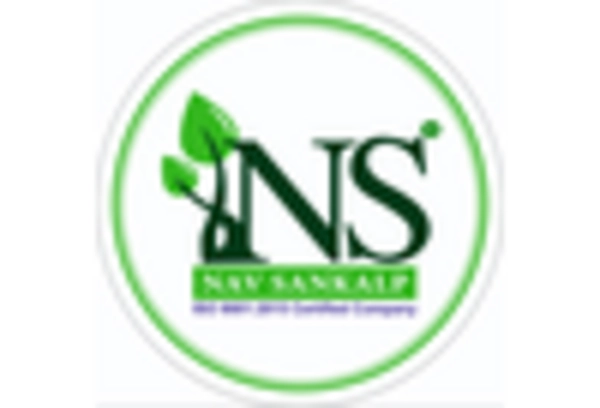
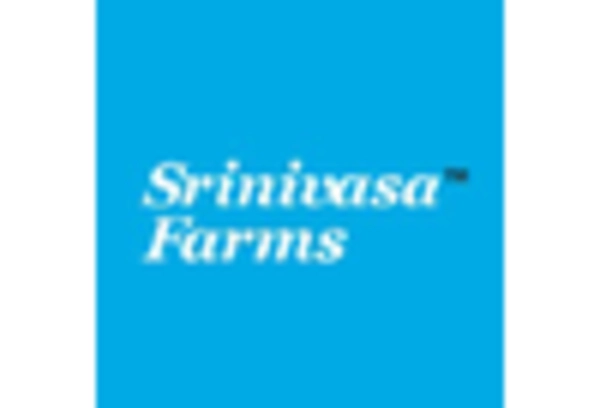










Leave a Comment